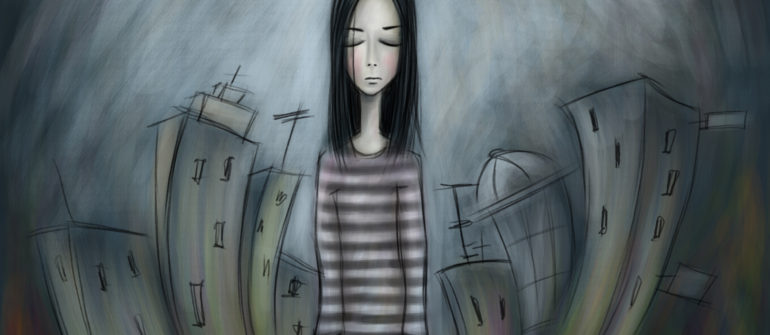 By AMSkier Partners, Norman Friedman, M. Ed & Cathi Fischer, LCSW
By AMSkier Partners, Norman Friedman, M. Ed & Cathi Fischer, LCSW
As the largest insurer of children’s summer camps in the United States, we consider the health, safety and welfare of children our primary concern. The data that our Camp-ALERT-Network gathers is often relevant for anyone responsible for the care of other people’s children. What we’ve learned about depression and suicide among young people led us to share this information with you.
In 2015, we immediately began suggesting clinical mental health presence at our programs. Our AMSkier Partner Cathi Fischer, LCSW, offers essential information for friends and colleagues working with other people’s children.
Nothing is better than seeing smiling youngsters and staff enjoying themselves and having a great time. It is difficult to acknowledge that sadness, tears and in some cases, thoughts of suicide may be hiding behind those smiles. Yet suicide is the second leading cause of death in people 10 to 24 years of age, and it is on the rise. Predictably, we have been seeing suicidal behavior more and more in our programs as well.
Below we will be giving you information on possible signs of depression and someone who might be considering suicide. Bear in mind that many of these behaviors can also indicate an isolated incident or another issue. What we should be concerned about in our programs is what to do when we see some of these issues. They must be reported to clinical staff if available or a supervisor immediately. It is never the role of staff to engage youngsters in discussions of a clinical nature; only a licensed professional can make a judgment regarding a person’s diagnosis and suicidal risk.
Depression is generally defined as feelings of sadness that persist to a point of impeding your ability to function in school, work or social settings. There are many symptoms of depression, which sometimes look different for children, adolescents and adults. Please be aware of any folks who may be exhibiting some combination of these behaviors:
-
- Frequent sadness, tearfulness, crying
- Decreased interest in activities, or inability to enjoy previously favorite activities
- Hopelessness/helplessness
- Low energy
- Social isolation, poor communication
- Low self-esteem and guilt
- Extreme sensitivity to real or perceived rejection or failure
- Increased irritability, anger or hostility
- Difficulty with friends
- Physical complaints
- Poor concentration
- A major change in eating and/or sleeping patterns
- Talk of or efforts to run away from home/camp/school
- Inability to function at work or play (for a child)
- Thoughts or expressions of suicide or self-destructive behavior
In addition, many children living with depression are victims of bullying and other forms of discrimination because of their height, weight, sexual orientation, religious beliefs, learning disabilities, or physical disabilities. Recently, Netflix has been running a show called “13 Reasons Why,” which has just been picked up for another season. It is based on a book about a teenager who committed suicide and left 13 notes for people to tell them how they contributed to her suicide. Kids of all ages are watching this show. Though this story is not true, it has been raising issues for our youth.
Kids are hearing about different things on the internet and TV that can be confusing and scary. Whether it is fact or fiction we should be aware of what our students are seeing in all forms of media and then be available to listen and talk to them about it.
If, in the course of these conversations, a staff member has concerns about a camper’s safety they should know who to turn to for more assistance.
Was This Helpful? Get More Content Like This!
Join Our Public Broad & Bright List Below
AMSkier Camp clients already receive these articles and much more.


